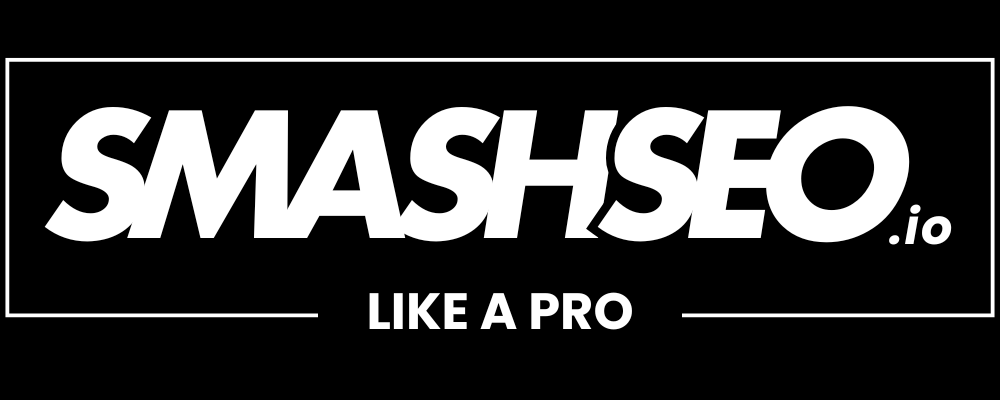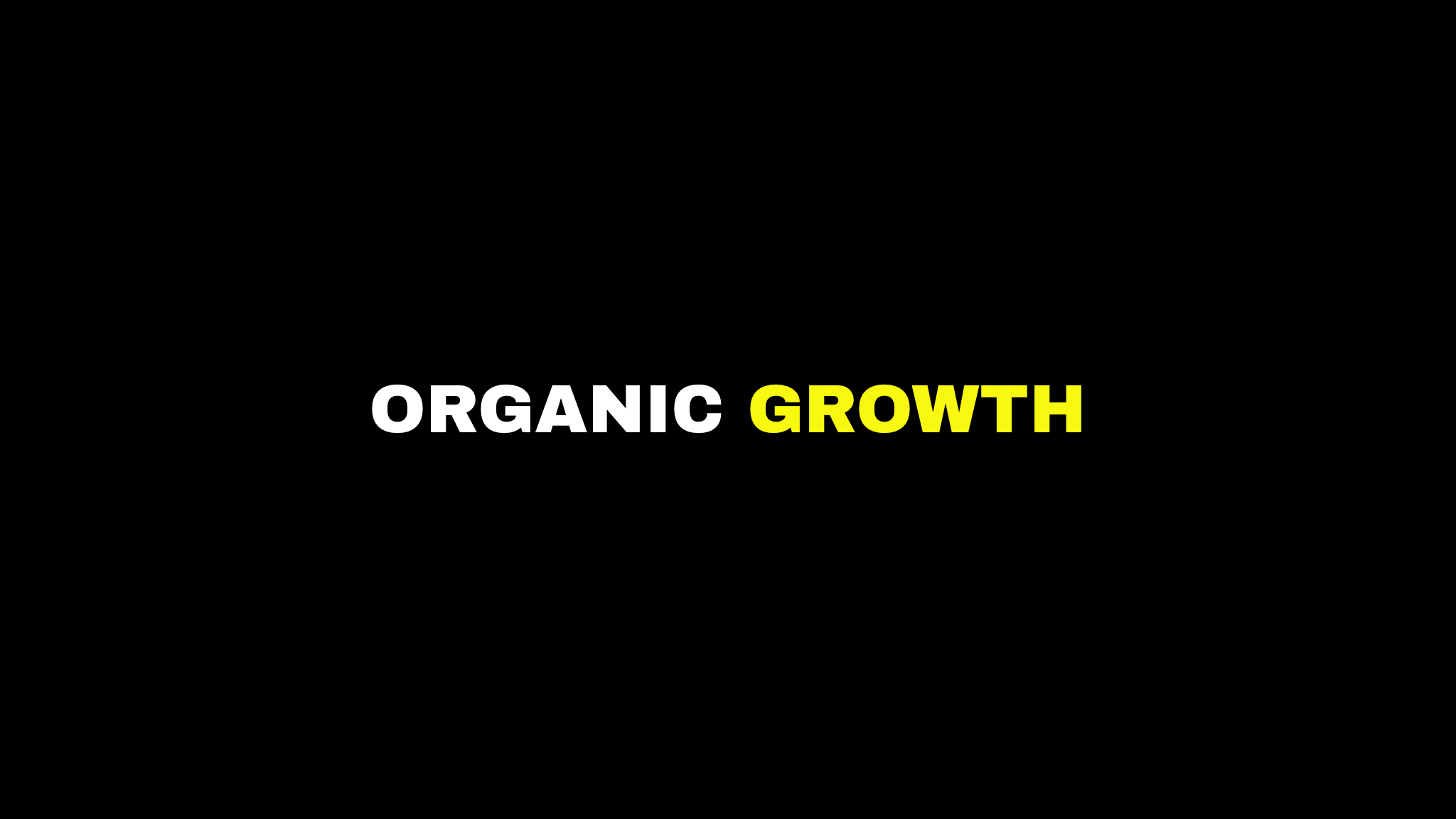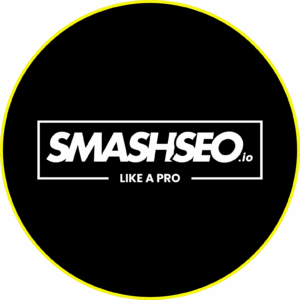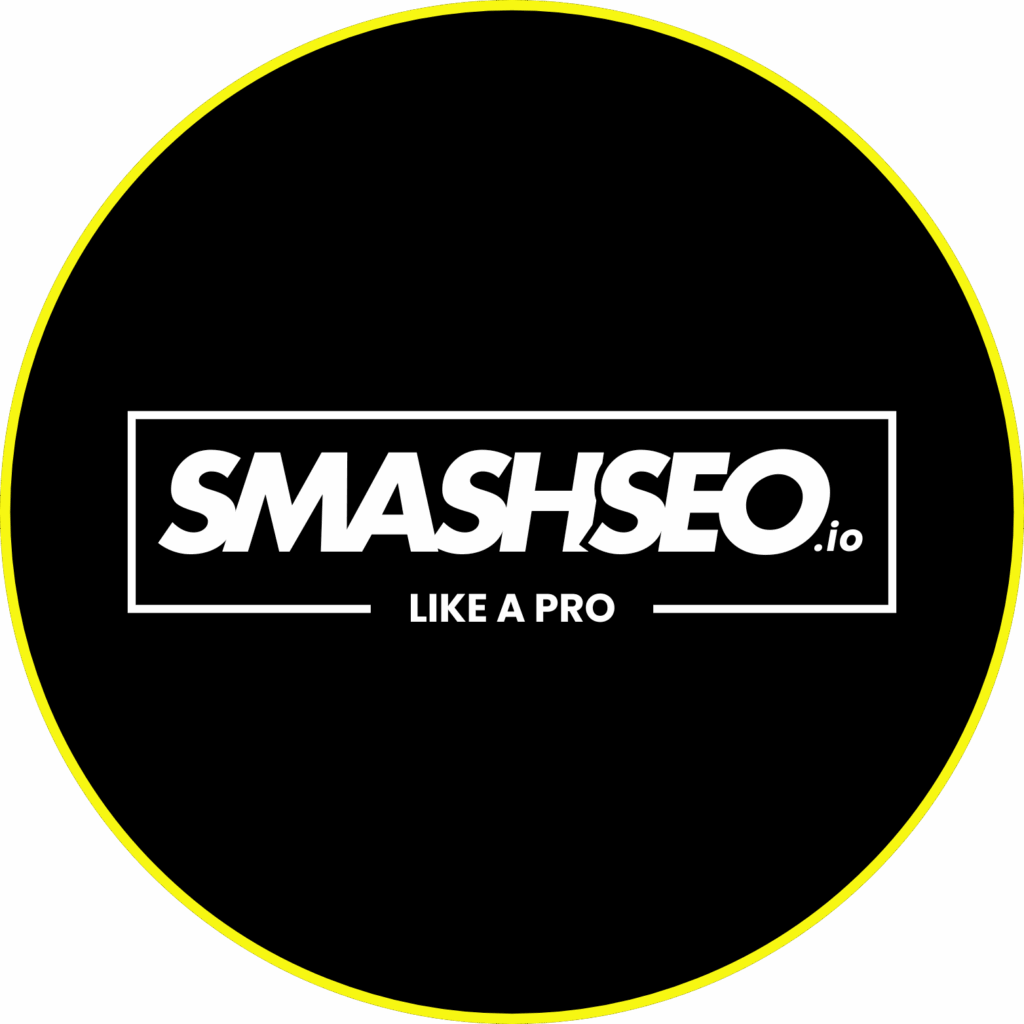From £10K Monthly Ad Spend to Organic Growth: 90-Day SEO Content Strategy for SaaS Founders
Picture this scenario: you’re burning through £10,000 every month on Google Ads and Facebook campaigns, watching your customer acquisition costs climb higher whilst your return on investment dwindles. As a SaaS founder, you’ve likely found yourself trapped in this expensive cycle, desperately seeking a more sustainable path to growth. The reality is that many successful SaaS companies have discovered the transformative power of organic SEO content strategy, pivoting from costly paid advertising to building long-term, sustainable organic growth that compounds over time.
The challenge isn’t just about reducing your advertising spend—it’s about creating a comprehensive SEO content generator approach that can scale with your ambitions whilst fitting within your budget constraints. For founders operating in the competitive SaaS landscape, the pressure to maintain growth whilst managing burn rate creates a perfect storm of urgency and caution. This is where a strategic 90-day transformation becomes not just beneficial, but essential for sustainable business growth.
At SmashSEO.io, we’ve witnessed countless SaaS founders make this pivotal transition, leveraging our AI engine for SaaS content generation at scale to build robust organic growth engines. The key lies in understanding that replacing paid ads with organic SEO content isn’t about cutting costs—it’s about investing in an asset that appreciates over time, delivering compounding returns that far exceed traditional advertising channels.
The Hidden Costs of Paid Marketing Dependency
When you’re spending £10,000 monthly on paid advertising, the visible costs are just the tip of the iceberg. The true expense lies in the opportunity cost of not building organic assets that continue working for your business long after the initial investment. According to research from HubSpot’s customer acquisition cost study, companies heavily reliant on paid channels often see their acquisition costs increase by 60-70% year-over-year as competition intensifies and platform costs rise.
Beyond the financial implications, paid marketing dependency creates a precarious business model where growth stops the moment you pause your advertising spend. This creates what we call the “advertising treadmill effect”—you’re constantly running to maintain your position, but you’re never actually building momentum that carries forward. For SaaS founders, this becomes particularly problematic during economic downturns or when investor funding becomes scarce, as marketing budgets are often the first to face cuts.
The psychological toll shouldn’t be underestimated either. The constant pressure to optimise ad performance, manage escalating costs, and justify marketing spend creates a reactive rather than strategic approach to growth. This reactive mindset prevents founders from building the sustainable, predictable growth engines that characterise truly successful SaaS companies.
Why Traditional SEO Approaches Fall Short for SaaS
Many SaaS founders recognise the need for organic growth but struggle with traditional SEO approaches that seem designed for different industries. The complexity of SaaS products, the technical nature of the audience, and the need for content that addresses multiple stages of the customer journey create unique challenges that generic SEO strategies simply can’t address effectively.
Traditional SEO often focuses on high-volume, low-intent keywords that generate traffic but fail to convert into qualified leads. For SaaS companies, this approach is particularly problematic because the sales cycles are longer, the decision-making process involves multiple stakeholders, and the content needs to demonstrate deep technical understanding whilst remaining accessible to business decision-makers.
The time investment required for traditional SEO content creation becomes another significant barrier. Most SaaS founders lack the luxury of waiting 12-18 months to see meaningful results from their content efforts. The need for rapid, scalable content production that maintains quality whilst addressing specific customer pain points requires a more sophisticated approach than traditional SEO methodologies can provide.
This is where our AI SEO builder technology becomes transformative. Rather than following generic SEO templates, our platform understands the nuances of SaaS marketing, enabling founders to create highly targeted, conversion-focused content that addresses specific customer segments and use cases at scale.
The 90-Day Transformation Framework
Our 90-day SEO strategy for SaaS founders isn’t about gradual improvement—it’s about systematic transformation that creates measurable results within a quarter. This framework recognises that SaaS founders need to see tangible progress quickly to justify the strategic shift from paid to organic channels. The approach combines strategic content planning with tactical execution, leveraging AI-powered content generation to achieve scale without sacrificing quality.
The framework operates on three fundamental principles: velocity, relevance, and compounding value. Velocity ensures that content production happens at a pace that can compete with paid advertising for immediate attention. Relevance guarantees that every piece of content addresses specific customer pain points and search intents. Compounding value means that each piece of content builds upon previous efforts, creating a comprehensive resource library that establishes thought leadership and drives consistent organic traffic.
What makes this approach particularly effective for SaaS companies is its focus on creating content clusters around specific customer journey stages. Rather than creating isolated blog posts, the strategy builds comprehensive topic authorities that address everything from initial problem awareness through to implementation and optimisation. This approach aligns perfectly with how SaaS customers research and evaluate solutions, creating multiple touchpoints throughout their decision-making process.
Days 1-30: Foundation and Quick Wins
The first month focuses on establishing the foundational elements that will support rapid content scaling. This begins with comprehensive keyword research that goes beyond traditional SEO tools to understand the specific language your customers use when describing their challenges and evaluating solutions. We analyse customer support tickets, sales call transcripts, and user feedback to identify the exact terminology and pain points that drive search behaviour.
During this phase, we also establish the content architecture that will support long-term growth. This includes creating topic clusters around your core value propositions, mapping content to specific customer segments, and developing templates that ensure consistency whilst allowing for rapid production. The goal is to create a content production system that can generate high-quality, SEO-optimised articles at scale without requiring constant manual intervention.
The quick wins during this period come from targeting low-competition, high-intent keywords that your paid campaigns have already validated. By creating comprehensive content around these proven converting terms, you can begin capturing organic traffic for searches that previously required paid advertising spend. This approach provides immediate validation of the strategy whilst building momentum for the longer-term content initiatives.
Days 31-60: Scale and Authority Building
The second month shifts focus to aggressive content scaling and establishing topical authority within your niche. This is where our AI engine for SaaS content generation at scale becomes particularly valuable, enabling the production of comprehensive, well-researched articles that would typically require weeks of manual effort. The key is maintaining quality whilst achieving the volume necessary to compete effectively in organic search results.
Authority building during this phase involves creating comprehensive resource hubs that address specific customer segments or use cases. Rather than competing for broad, highly competitive terms, the strategy focuses on becoming the definitive resource for specific niches within your market. This approach leverages the long-tail nature of SaaS searches, where customers often use very specific terminology when researching solutions.
The content produced during this phase begins to create a network effect, where articles reference and link to each other, creating comprehensive resource pathways that keep visitors engaged and demonstrate deep expertise. This internal linking strategy not only improves SEO performance but also guides potential customers through educational journeys that naturally lead to product consideration.
Days 61-90: Optimisation and Compound Growth
The final month focuses on optimisation based on performance data and establishing the systems for ongoing compound growth. By this point, sufficient content exists to begin seeing meaningful organic traffic patterns, enabling data-driven optimisation decisions. The focus shifts from pure content production to refining and expanding the highest-performing content pieces.
This phase also involves implementing advanced SEO techniques such as featured snippet optimisation, local SEO for SaaS companies with geographic targeting, and technical SEO improvements that support the growing content library. The goal is to maximise the visibility and impact of the content foundation established in the previous two months.
Most importantly, this phase establishes the ongoing processes and systems that will continue driving growth beyond the initial 90-day period. This includes performance monitoring dashboards, content refresh schedules, and expansion strategies that ensure the organic growth engine continues accelerating rather than plateauing.
Measuring Success: Beyond Vanity Metrics
The success of transitioning from paid advertising to organic growth cannot be measured solely through traditional metrics like traffic increases or keyword rankings. For SaaS founders, the critical measurements focus on business impact: lead quality, conversion rates, customer acquisition cost reduction, and lifetime value improvements. These metrics provide a more accurate picture of whether the SEO content strategy is delivering genuine business value rather than just increased website activity.
One of the most significant advantages of organic SEO content over paid advertising is the improvement in lead quality. Organic visitors typically demonstrate higher intent and engagement levels because they’ve actively searched for information related to their specific challenges. Research from BrightEdge’s organic search research indicates that organic search drives 53% of all website traffic and typically converts at higher rates than paid channels.
The compound nature of SEO results means that success metrics evolve over time. Initial measurements focus on content production velocity and basic engagement metrics, but as the strategy matures, the focus shifts to business impact metrics such as pipeline contribution, customer acquisition cost improvements, and revenue attribution. This evolution reflects the fundamental difference between paid advertising (immediate but temporary results) and organic SEO (delayed but compounding results).
For SaaS companies specifically, tracking metrics like trial-to-paid conversion rates from organic traffic, customer lifetime value differences between organic and paid channels, and the percentage of enterprise deals influenced by organic content provides crucial insights into the long-term business impact of the SEO strategy.
Common Pitfalls and How to Avoid Them
The transition from paid advertising to organic growth presents several common pitfalls that can derail even well-intentioned strategies. The most significant challenge is the expectation mismatch between paid and organic timelines. Paid advertising provides immediate feedback and results, whilst organic SEO requires patience and consistent effort before delivering meaningful returns. This temporal disconnect often leads founders to abandon organic strategies prematurely or to continue over-investing in paid channels whilst organic efforts are still developing.
Another critical pitfall involves content quality sacrifices in pursuit of scale. The pressure to produce large volumes of content quickly can lead to thin, low-value articles that fail to establish authority or drive meaningful engagement. This approach not only wastes resources but can actually harm SEO performance as search engines increasingly prioritise content quality and user experience signals.
Technical implementation challenges also frequently derail SEO strategies. Many SaaS companies have complex website architectures that create technical SEO barriers, preventing even high-quality content from performing effectively in search results. Issues such as slow page loading speeds, poor mobile optimisation, or inadequate internal linking structures can significantly limit the impact of content marketing efforts.
The solution to these pitfalls lies in adopting a systematic, technology-enabled approach that maintains quality whilst achieving scale. Our platform at SmashSEO.io addresses these challenges by combining AI-powered content generation with built-in SEO optimisation, ensuring that every piece of content meets both quality and technical requirements from the outset.
The Technology Advantage: AI-Powered SEO at Scale
The evolution of AI technology has fundamentally changed what’s possible in SEO content creation, particularly for SaaS companies that need to produce high-quality, technical content at scale. Traditional approaches that relied on manual content creation simply cannot achieve the velocity required to compete effectively in today’s search landscape. However, the key lies not just in using AI, but in leveraging AI that’s specifically designed for SEO content generation.
Our AI engine differs from general-purpose tools like ChatGPT or Claude because it’s specifically trained on SEO best practices and content performance data. This specialisation means that every piece of content generated inherently includes proper keyword integration, optimal content structure, and technical SEO elements that general AI tools often miss. The result is content that not only reads naturally but also performs effectively in search results from publication.
The scalability advantages become particularly apparent when creating comprehensive content strategies. Where traditional approaches might require months to develop topic clusters and supporting content, AI-powered generation can create extensive content libraries in days or weeks. This acceleration is crucial for SaaS founders who need to see results quickly to justify the strategic shift from paid advertising.
However, the technology advantage extends beyond just content creation speed. AI-powered SEO tools can analyse competitor content, identify content gaps, optimise for featured snippets, and even predict content performance based on historical data. This comprehensive approach ensures that content strategies are data-driven rather than intuition-based, significantly improving the likelihood of success.
Building Long-Term Competitive Advantage
The ultimate goal of transitioning from paid advertising to organic growth isn’t just cost reduction—it’s building sustainable competitive advantages that compound over time. Unlike paid advertising, which stops delivering results the moment you stop spending, organic SEO content creates lasting assets that continue attracting customers and building authority for years after publication.
This compound effect becomes particularly powerful for SaaS companies because the content serves multiple purposes simultaneously. Educational content that ranks well in search results also supports sales conversations, reduces customer support burden, and establishes thought leadership within the industry. A single comprehensive guide can influence hundreds of purchase decisions over its lifetime, delivering returns that far exceed the initial investment.
The competitive advantage also stems from the difficulty of replicating comprehensive content strategies. While competitors can copy individual articles or tactics, building the systematic content production capabilities and topical authority required for sustainable organic growth requires significant time and resource investment. This creates natural barriers to entry that protect market position once established.
For SaaS founders, this means that investing in organic SEO content strategy isn’t just about immediate growth—it’s about building moats around their businesses that make them increasingly difficult to compete against over time. The companies that establish strong organic presences early in their markets often maintain those advantages for years, even as competition intensifies.
Ready to transform your SaaS growth strategy and reduce your dependence on expensive paid advertising? Register your interest to join our platform and discover how our AI-powered SEO content generation can help you build sustainable organic growth that compounds over time. Don’t let another month of £10K ad spend pass without exploring the alternative that successful SaaS founders are using to build lasting competitive advantages.
Frequently Asked Questions
How quickly can I expect to see results from switching to organic SEO content?
Most SaaS founders begin seeing initial organic traffic increases within 30-45 days of implementing a comprehensive SEO content strategy. However, meaningful business impact—such as qualified leads and reduced customer acquisition costs—typically becomes apparent within 60-90 days. The key is maintaining consistent content production during this initial period whilst monitoring leading indicators like search rankings and organic traffic growth. Unlike paid advertising which provides immediate results, organic SEO builds momentum over time, with the most significant returns occurring after the 6-month mark when content authority and search engine trust have been established.
Can AI-generated content really compete with manually written articles for SEO performance?
When properly implemented, AI-generated content can absolutely compete with and often outperform manually written articles, particularly for SEO purposes. The key lies in using AI tools specifically designed for SEO content creation rather than general-purpose writing assistants. Our AI engine at SmashSEO.io is trained on SEO best practices and optimised for search performance, ensuring that generated content includes proper keyword integration, optimal structure, and technical elements that search engines favour. The advantage of AI isn’t just speed—it’s consistency in applying SEO principles across large volumes of content, something that’s difficult to maintain with manual writing processes.
What’s the realistic budget requirement for implementing a 90-day SEO content strategy?
The budget for a comprehensive 90-day SEO content strategy is typically a fraction of monthly paid advertising spend. For SaaS founders currently spending £10K monthly on ads, a complete SEO transformation—including content creation, technical optimisation, and ongoing management—usually costs between £2K-£5K total for the 90-day period. This represents just 2-5 weeks of current advertising spend but creates assets that continue delivering value indefinitely. The exact investment depends on content volume requirements, technical complexity, and the level of customisation needed for your specific market segment.



